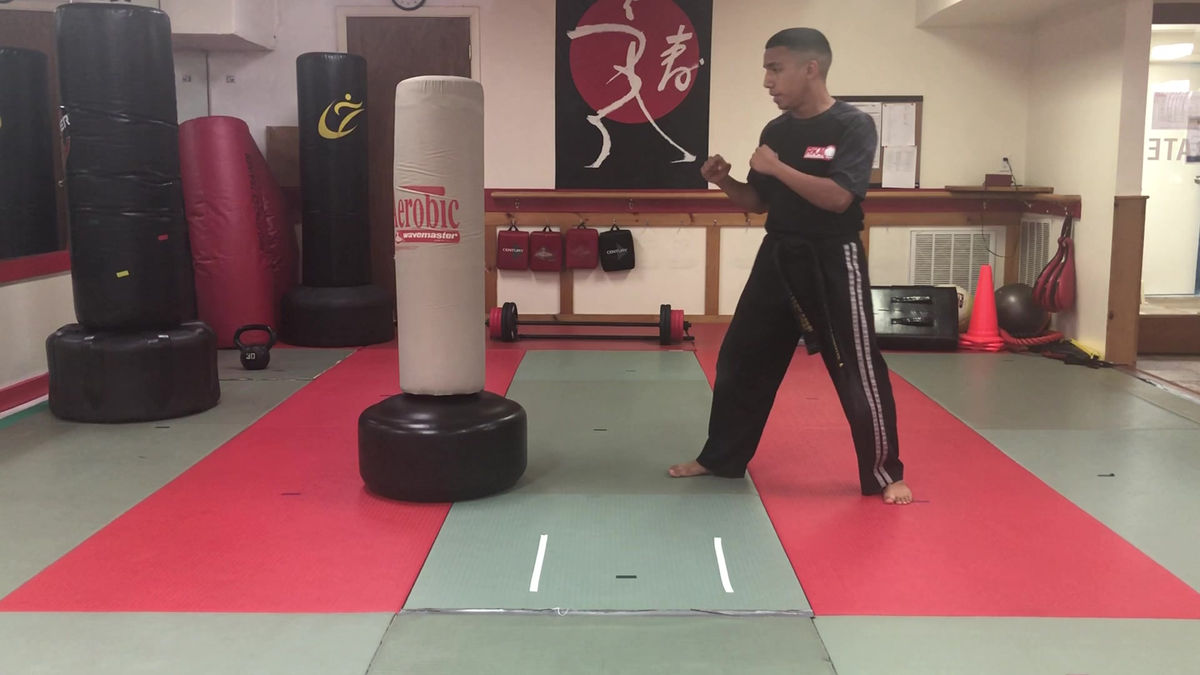Essential Techniques to Master Krav Maga for Self-Defense
- Joseph Fanning
- Nov 22
- 3 min read
Krav Maga stands out as one of the most practical and effective self-defense systems worldwide. Designed for real-world situations, it equips practitioners with skills to protect themselves quickly and efficiently. Whether you are new to martial arts or looking to improve your self-defense abilities, mastering key Krav Maga techniques can make a significant difference in your confidence and safety.

Understanding the Basics of Krav Maga
Krav Maga focuses on simplicity, speed, and aggression. Unlike traditional martial arts that emphasize form and style, Krav Maga teaches movements that anyone can learn quickly and apply under pressure. The system combines techniques from boxing, wrestling, judo, and other fighting styles, tailored for self-defense.
Key principles include:
Neutralizing threats rapidly
Using natural body movements
Targeting vulnerable areas
Defending against multiple attackers
Getting comfortable with these basics lays the foundation for more advanced techniques.
Core Techniques to Build Your Krav Maga Skills
1. The Straight Punch
The straight punch is one of the first strikes taught in Krav Maga. It is direct, fast, and targets the opponent’s face or torso. To execute it effectively:
Keep your hands up to protect your face
Rotate your hips and shoulders for power
Aim for the nose, chin, or solar plexus
Follow through with your punch, not just a jab
This punch is useful for creating distance or stopping an attacker’s advance.
2. The Defensive Block and Counterattack
Krav Maga emphasizes defending and attacking simultaneously. When an attacker throws a punch or strike:
Use your forearm to block or deflect the attack
Immediately counter with a strike, such as a palm heel or elbow
Maintain balance and stay alert for follow-up attacks
This technique trains you to stay on the offensive, reducing the chance of being overwhelmed.
3. The Elbow Strike
Elbow strikes are powerful and effective at close range. They can cause significant damage and are easy to deliver even in tight spaces. To perform an elbow strike:
Bring your elbow up sharply toward the target
Aim for the attacker’s jaw, temple, or ribs
Use your body weight to add force
Keep your other hand ready to defend
Elbow strikes are especially useful when an attacker grabs or closes in on you.

4. Defending Against Chokes
Chokeholds are dangerous and require quick, decisive action. Krav Maga teaches several ways to break free:
If grabbed from the front, tuck your chin and use your hands to pry the attacker’s fingers apart
Use your elbows or knees to strike vulnerable areas like ribs or groin
Twist your body to break the attacker’s grip
Always stay calm and act quickly
Practicing these defenses regularly helps build muscle memory for high-pressure situations.
5. The Groin Kick
Targeting the groin is a common and effective way to stop an attacker. The groin kick is fast and can incapacitate an opponent temporarily. To perform it:
Lift your knee and snap your foot forward
Aim for the center of the groin
Use your hips to generate power
Follow up with a strike or move away quickly
This technique is especially useful when you need to create space to escape.
Training Tips to Improve Your Krav Maga Skills
Practice regularly to build speed and confidence
Train with a partner to simulate real attacks
Focus on technique over strength for better control
Use drills that combine defense and counterattack
Stay relaxed and breathe properly during practice
Consistency in training helps you react instinctively when faced with danger.

Applying Krav Maga in Real-Life Situations
Krav Maga is designed for everyday scenarios, such as:
Defending against street attacks
Escaping grabs or holds
Protecting yourself in crowded places
Handling multiple attackers
The system encourages awareness and avoidance first, but when necessary, it provides tools to respond effectively. Remember, the goal is to end the confrontation quickly and get to safety.
Final Thoughts on Mastering Krav Maga
Mastering Krav Maga requires dedication to learning and practicing essential techniques. Focus on building a strong foundation with basic strikes, blocks, and defenses. Train consistently and simulate real situations to prepare your mind and body for self-defense. With time, these skills will become second nature, giving you confidence and the ability to protect yourself when it matters most.
Joseph Fanning is an orange belt in karate. He runs and AI and Gaming website.










Comments